|
A test
in making black tea
A very small sample of two-leaf shoots (4 pieces) were plucked from a tea
bush found at the old Mayang tea plantation near Kampung Mayang
Mawang and used in this test run.
The four principal steps in making black tea are: withering;
rolling; oxidation; and drying.
|
|
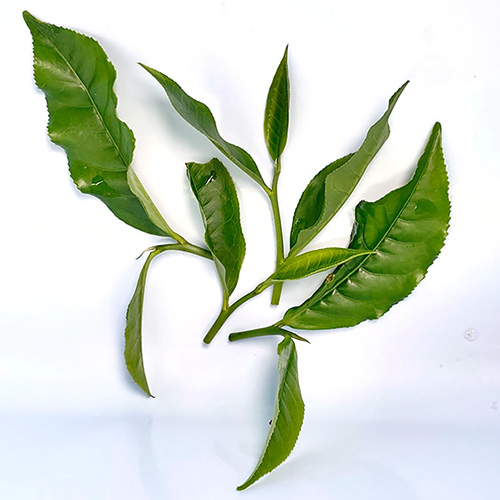
The freshly plucked 2-leaf tea shoots
|
|
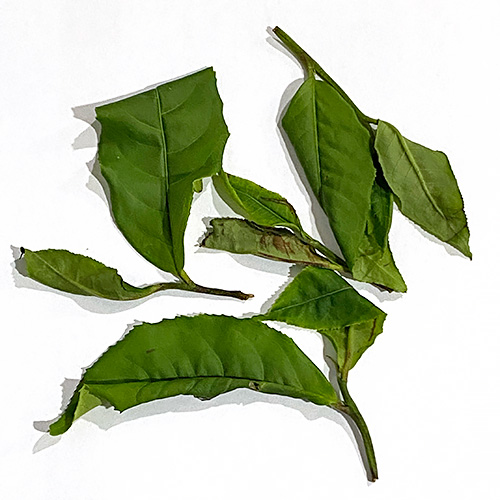
After overnight withering to lose sufficient moisture so as the
render the shoots limp for the rolling stage (fresh shoots would
be too "crisp" and thus suffer too much tearing damage as they
do not have "give"
during the rolling.
|
|
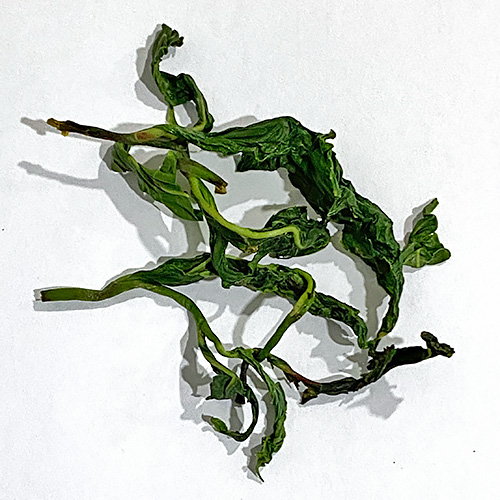
The withered shoots after several minutes of hand rolling. This
process causes the leaf cells to be crushed/damaged, thus
allowing juices and enzymes to be released from the cytoplasm.
The rolled shoots are laid out and exposed to air
in the shade to let oxidation occur.
In commercial tea production, the leaves are routinely cut up at
this stage to produce small leaf particles rather than leaving
them as the whole shoots used in more boutique teas.
|
|
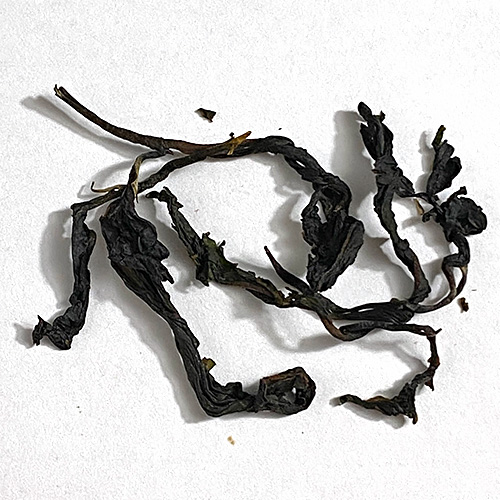
Rolled shoots after some 8 hours of oxidation. The shoots have
attained a dark color (the degree of which depends on the length
of the oxidation step).
|
|
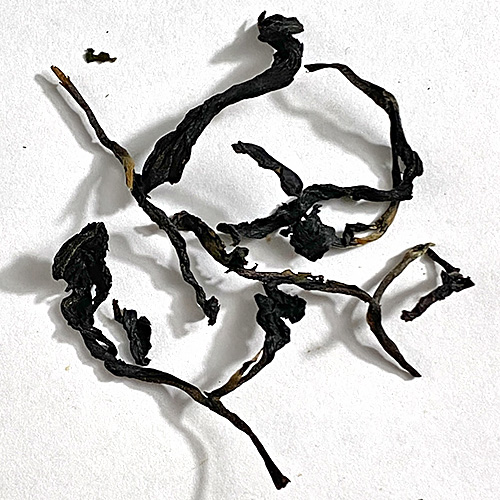
In order to stabilize the tea, the prepared shoots are dried to
such a degree that deterioration through further enzymatic
action or growth of moulds is prevented. This is usually
achieved via sun-drying or heating in a dry pan.
|
|
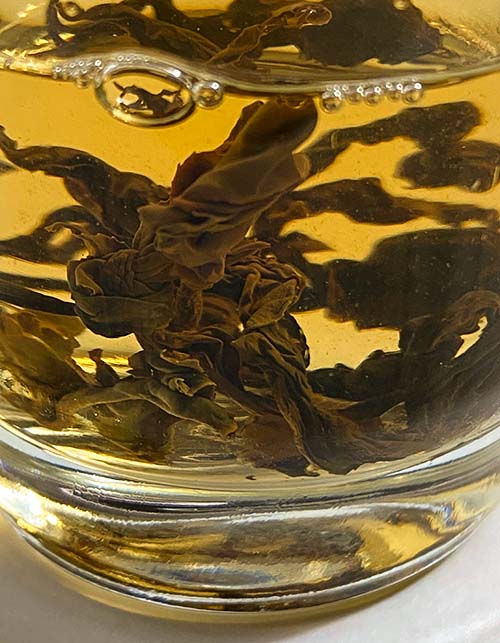
The test batch brewed for 3 minutes in just boiled water.
Verdict:
-
Color is would be
expected (although the quantity of leaves per unit volume of
water used makes a difference) - a pale, clear amber as
would be expected of whole leaf tea;
-
Leaf shoots largely
intact and the leaves have unfurled. Closer inspection
reveals that the rolling could
perhaps have been more vigorous
to bruise more of the leaves resulting to allow more
thorough oxidation;
-
Taste-wise: there
is a distinct grassy scent and taste indicating a partially
green tea (not
sufficiently oxidized) rather than a full-bodied black , hence the batch is more like an oolong tea;
distinct fruit notes were present.
-
Just preparing a
few shoots rather than big batch makes a difference to the
end-result in that a big batch will have a different
temperature profile and access to oxygen.
-
OK for a first
attempt at making black tea.
For next time:
Rolling could be more vigorous and for longer (I have seen
accounts where the rolling in a machine occurs over an hour
at least);
Oxidation can be more prolonged and better temperature
controlled (warmer).
Tea can be highly
varied depending on the entire process used. The variables
include: variety of tea plant; age and type of shoots plucked;
how the rolling is done and for how long; the degree and
conditions of oxidation; and the drying. There is also the
probability that terroir (influence of the soil and
climate), makes for different teas e.g. highland versus
low teas; Yunnan versus Assam versus Darjeeling teas. But, the
ability to make your own teas and the variability imparted by
the process make for fun in anticipating what kind of flavor
results from one's own homemade tea.
|





